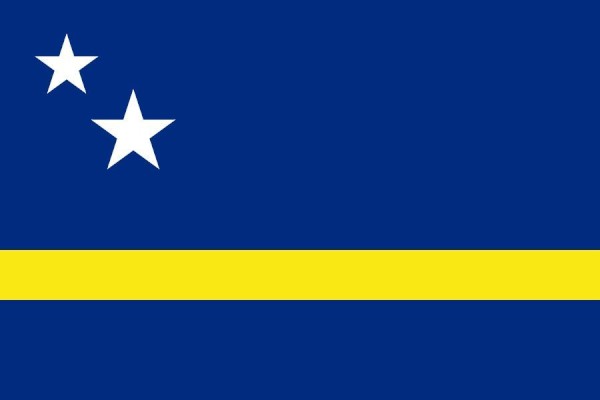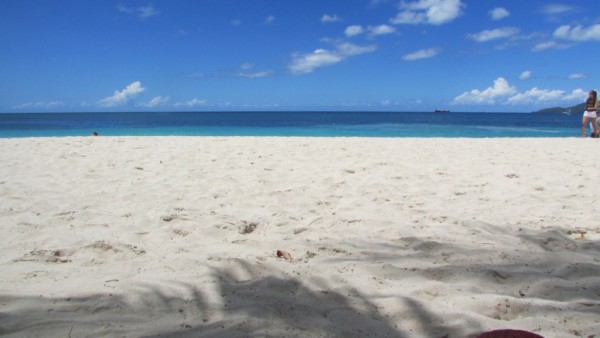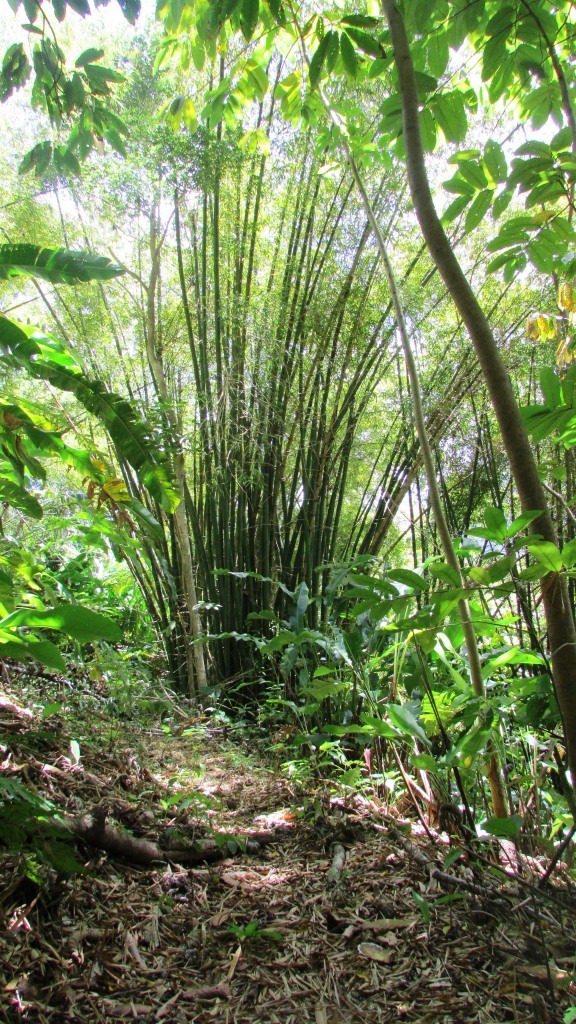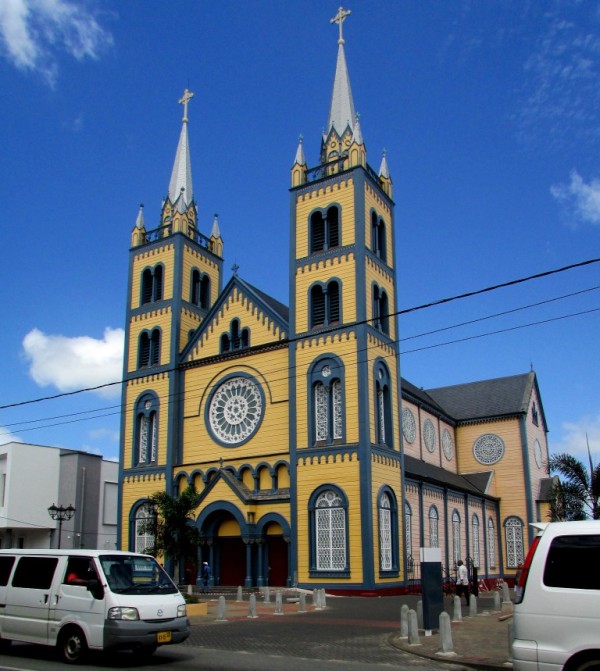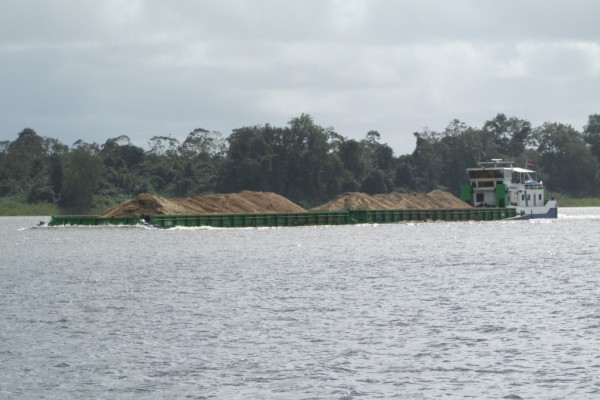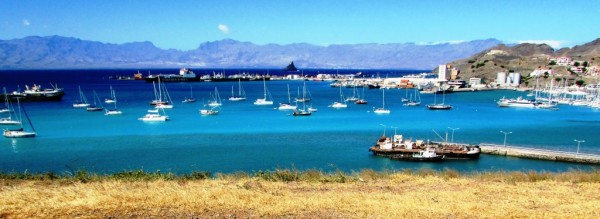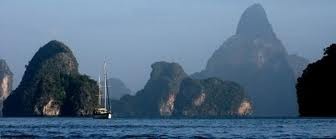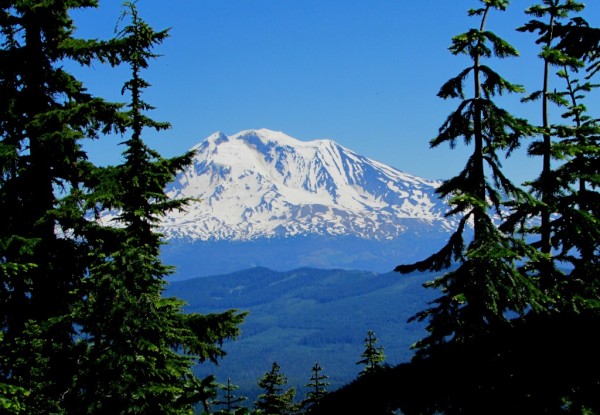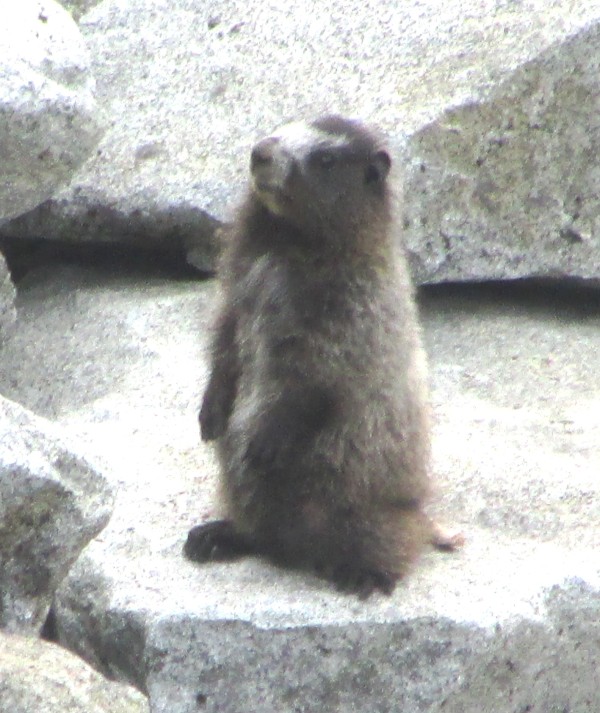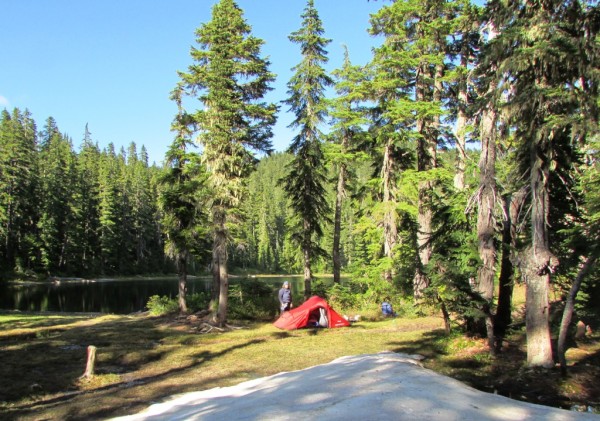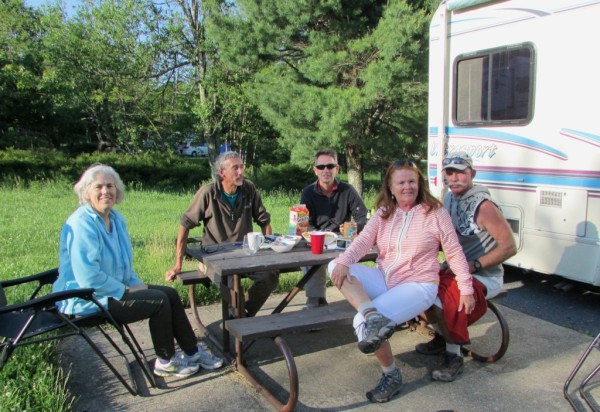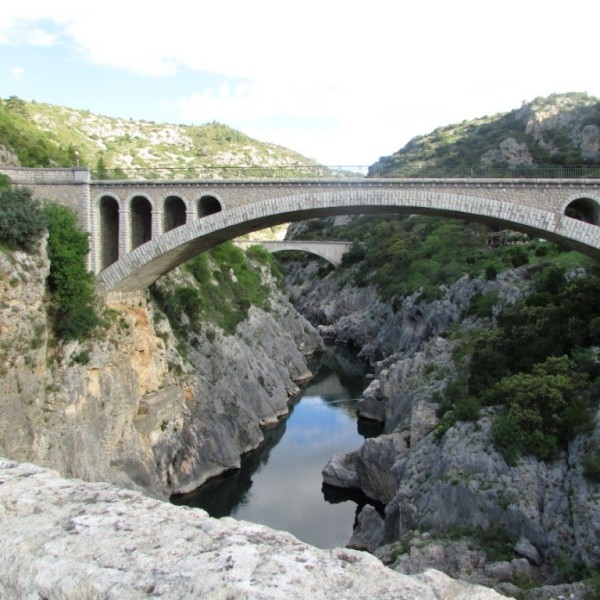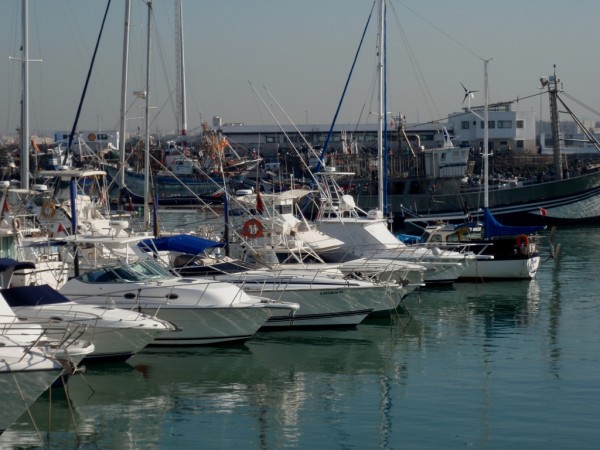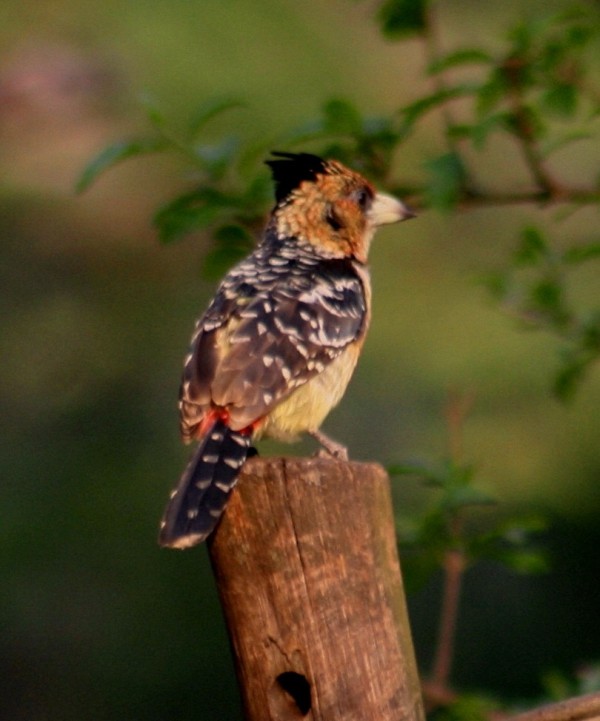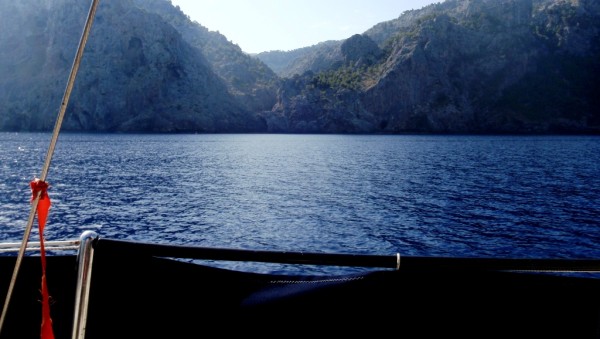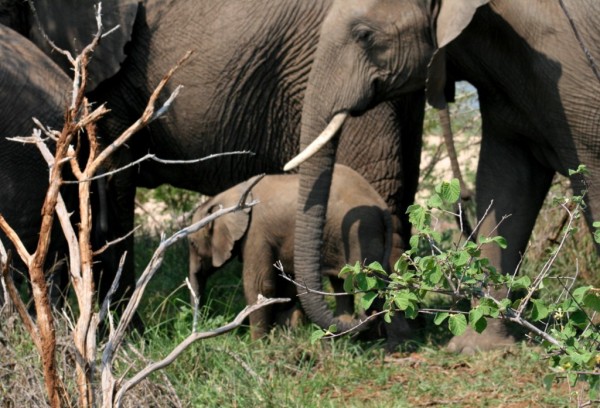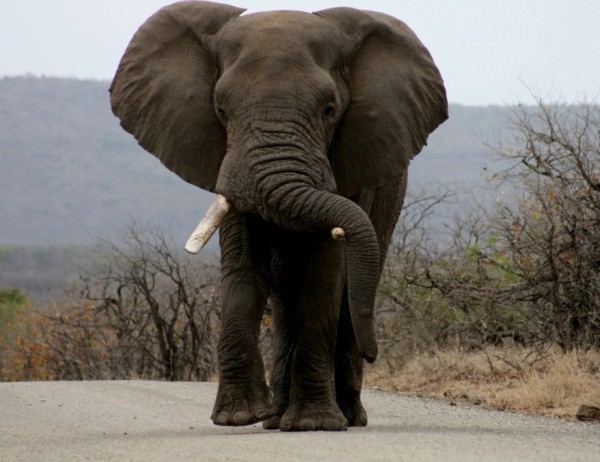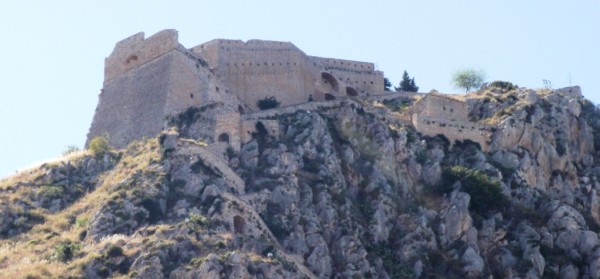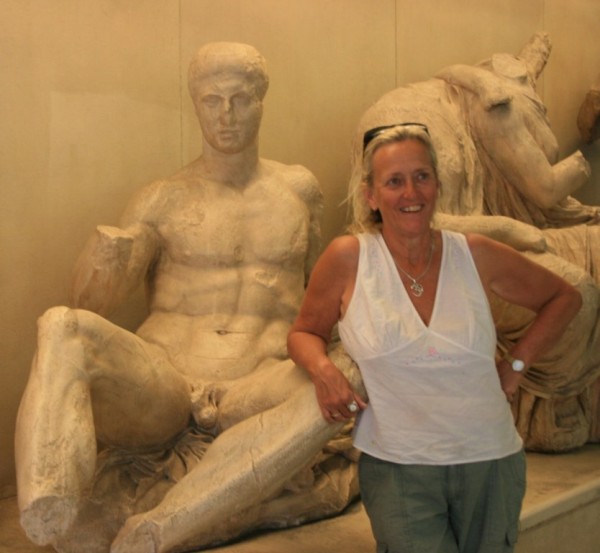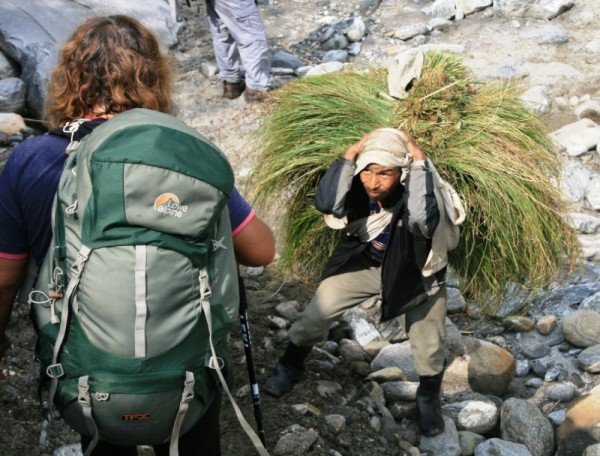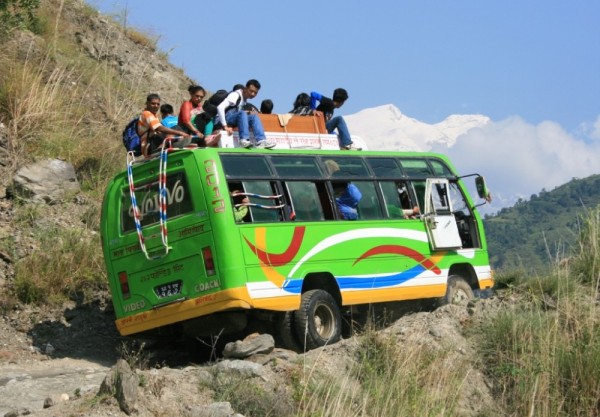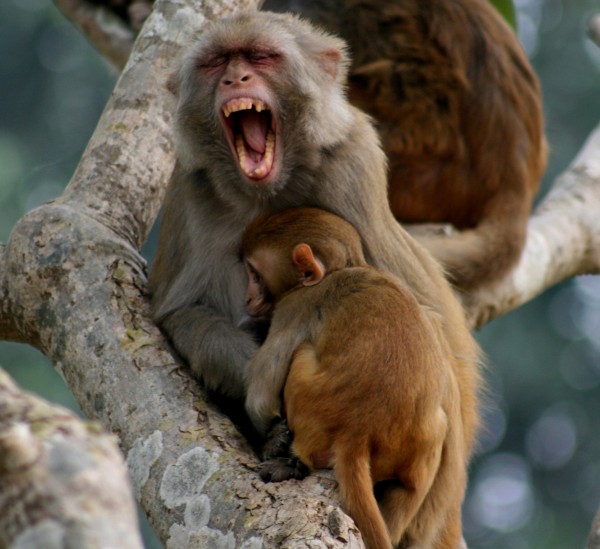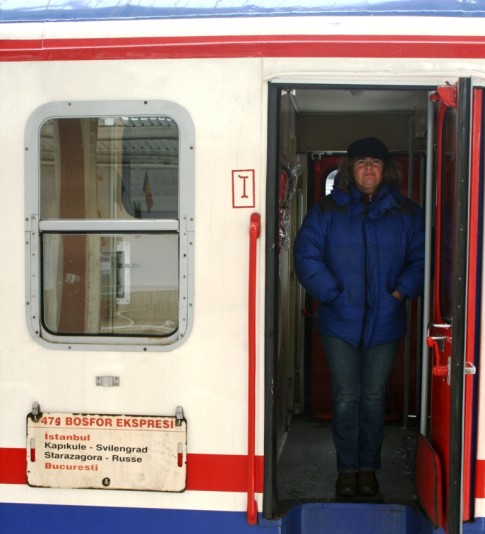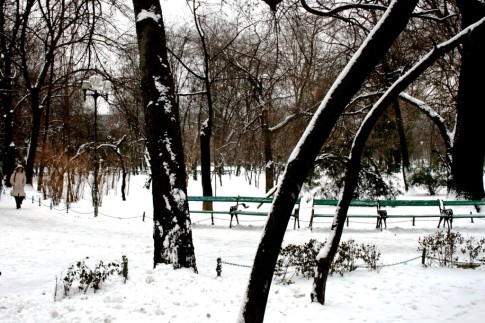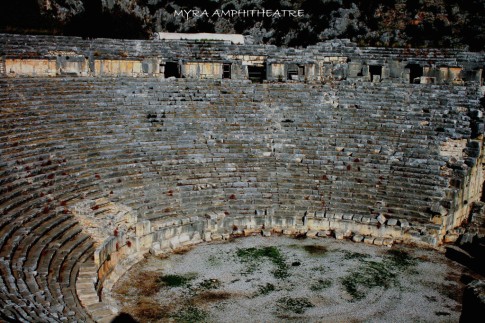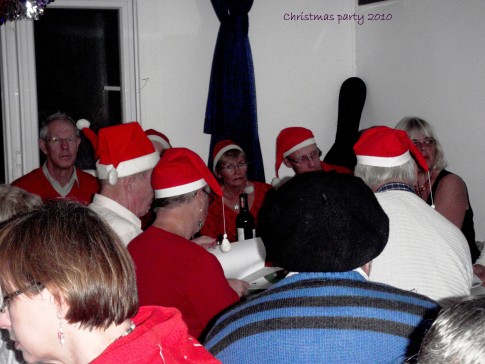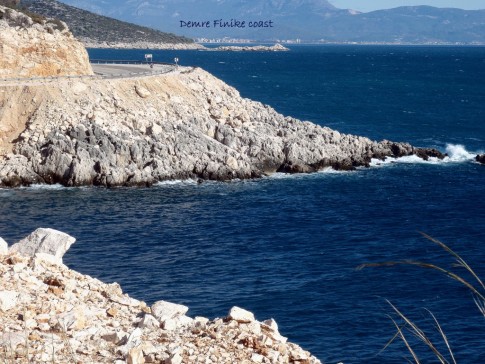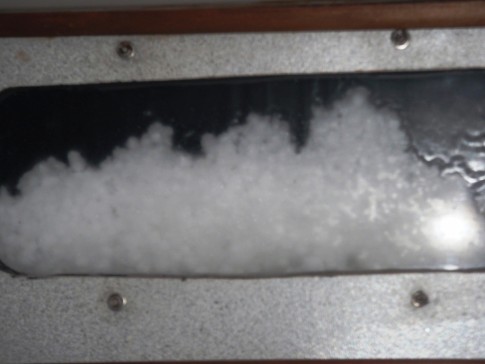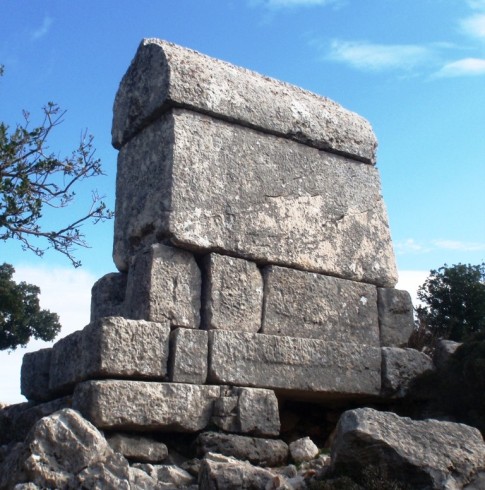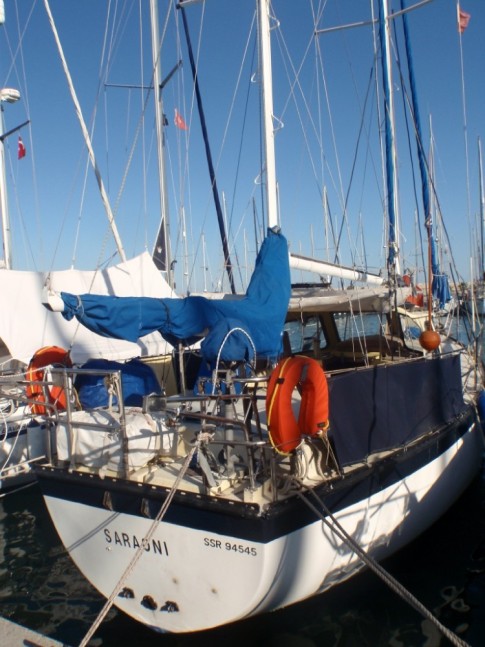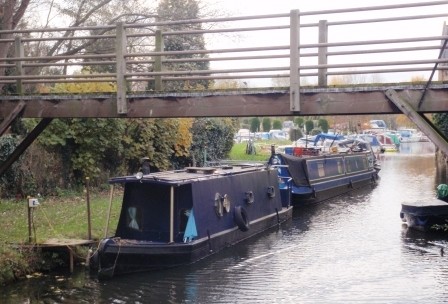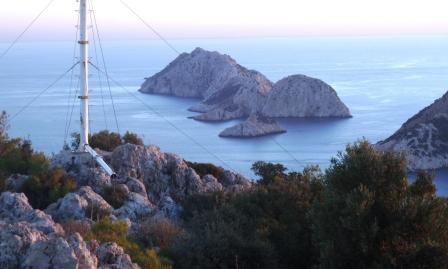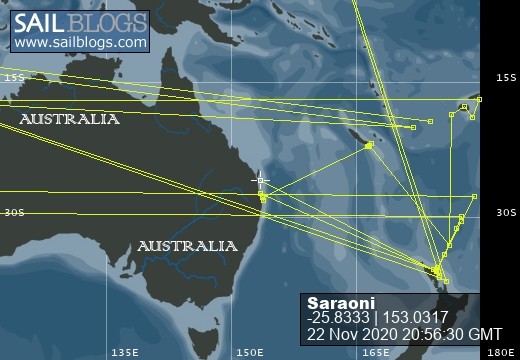
SVs Saraoni and Sundari
09 April 2024 | The Broadwater, Gold Coast, Australia
03 March 2024 | Hope Harbour marina, Gold Coast, Australia
03 January 2024 | Karragarra Channel, South Moreton Bay Islands, Queensland
15 December 2023 | Riverheads, Mary River, Great Sandy Strait, Queensland
23 October 2023 | Great Keppel Island
07 August 2023 | Trinity Inlet, Cairns, North Queensland
23 July 2023 | Trinity Inlet, Cairns, Far North Queensland.
07 July 2023 | Cairns
19 May 2023 | North West island, Capricornia Cays, Queensland
15 May 2023 | Burnett River, Bundaberg, Queensland.
29 April 2023 | Manly marina, Moreton Bay, Queensland, Australia
04 March 2023 | South Auckland, New Zealand
18 January 2023 | Gold Coast Broadwater, Queensland
17 November 2022 | Collie, Southern WA, Australia
29 October 2022 | Albany, SW Australia
14 October 2022 | Augusta, WA, Australia
15 August 2022 | Karragarra Passage, Southern Moreton Bay, Queensland, Australia
14 July 2022 | Raby Bay, off Moreton Bay, Queensland
13 June 2022 | Camooweal, Far West Queensland
20 May 2022 | Alice Springs, Northern Territory, Australia
Westward Ho! Tripping North to the Coral Coast
17 November 2022 | Collie, Southern WA, Australia
Alison and Geoff Williams | Cool and wet

Photo shows a green turtle at Osprey Bay on the Ningaloo coast, near Exmouth.
We are in the small coal mining town of Collie in another 'shoebox' room, primarily designed for mine workers, but open for travellers like us. Collie is south east of Perth amongst low hills. Both the Munda Biddi (cycling) and the Bibbulmun (hiking) trails pass through here on their way south, although this time we are doing neither and are on our slow way back towards the east coast of Australia after a side trip up to Exmouth and the Coral Coast.
Western Australia is a huge state. It stretches from the cool, temperate south coast right up to the Kimberley in the deep tropics. Having retrieved Matilda, the Merc., we headed north along the coast from Perth by passing kilometre after kilometre of white sand beaches, sand dunes and small coastal towns after eventually freeing ourselves from the remorselessly spreading northern suburbs of Perth.
In succession, we sampled the national parks of Nambung, Lesueur, Kalbarri and Francois Peron, each of which progressively got dryer and dryer. The eucalypt forests of the south became mulga, Banksia and Grevillea scrub and then low heathland. Each national park was uniquely different, Nambung with its limestone pinnacles, Lesueur with its swathes of wildflowers, Kalbarri , its Murchison River gorge and Francois Peron, perched between the tentacles of Shark Bay.
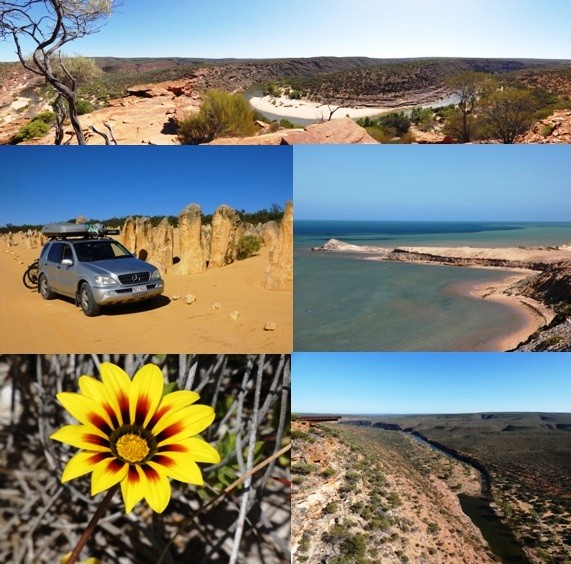
Photos taken between Perth and Shark Bay: from top row to bottom right:
Kalbarri NP: The Murchison River gorge
Kambung NP: the pinnacles, Francois Peron NP: Shark Bay
Wildflower in Lesueur NP, Murchison River in Kalbarri NP.
Ningaloo Reef is about 1,200 km north of Perth and just west of the little town of Exmouth which lies near the top of the Exmouth Gulf. Ningaloo is an unusual feature, being a fringing coral reef, unusual because it is on the western side of a major continental landmass and because nowhere else in Australia is there a coral reef attached to the mainland shoreline. The Great Barrier reefs on Queensland's coast lie at a distance from the mainland and although there are fringing reefs there, they are all attached to the sides of offshore islands.
Ningaloo is managed by WA's Parks and Wildlife department who have done a good job protecting the 250 km long reef from development and deterioration from visitor pressure. We were wondering how the coral communities here had fared compared to the coral reefs in Queensland, so we were glad to note that there was very little damage, although both the amount of coral and the diversity of marine life wasn't as great as many other reefs we have been to. Ningaloo is lucky in that it is not exposed to sediment from rivers, is located in a low rainfall area and there is no farming nearby, all of which mean the main danger is from offshore gas exploitation and climate change. The latter is a very real threat. Depending on how humanity faces up to its collective challenge at stabilising temperatures, Ningaloo is on track to irreversible damage because of bleaching episodes, expected to have reached a frequency that will not allow recovery by 2045. That goes for all other world reefs as well, of course.
Ningaloo is also known for its whale sharks, the world's largest, who like the humpback whales, come up this far north in the winter months. By August they have gone south again, so we didn't see either large whales or their fishy cousins. What we did see was a remarkable green turtle nesting occasion. We had seen turtles while snorkelling and many more looking into the lagoon while on the Ningaloo beaches, but one night, with clear skies and a full moon we ventured out from our campsite to search for turtles coming ashore to lay eggs. They prefer high tides and dark skies, so we started looking at about 9 pm just as the moon was rising. First we saw a turtle arrive on the shoreline, then as we walked slowly along the beach, nesting turtle after turtle became visible in our red torch lights. Most of them had already got to the egg laying stage, by which time they are oblivious to disturbance, but others were digging their nests and others still, laboriously making their way up the beach past the high tide mark.
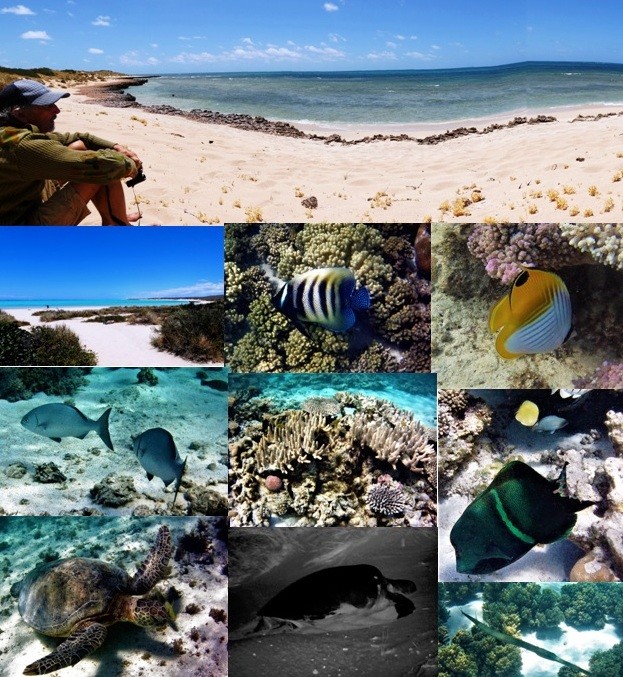
Photos taken at Ningaloo Marine Park near Exmouth:
Geoff at Turquoise Bay
Lovely Ningaloo beach, amgel fish, butterfly fish
Trevally, lagoon coral bommie, bumphead parrot fish
Green turtle, Nesting turtle climbing the beach at night, flutemouth.
We are watching the unfolding flooding events in the eastern states, which have had a disproportionate effect on northern and eastern Victoria and outback NSW. We will be making our way back soon but will probably stick to a coastal route to avoid flooded highways and towns. The three climatic events that exacerbate flooding - La Niña, the negative phase of the Indian Dipole and the positive phase of the Southern Annular Modulation are all predicted to ease in the next few months, hopefully allowing the east to dry out and create a more normal pattern of weather next year.
We are in the small coal mining town of Collie in another 'shoebox' room, primarily designed for mine workers, but open for travellers like us. Collie is south east of Perth amongst low hills. Both the Munda Biddi (cycling) and the Bibbulmun (hiking) trails pass through here on their way south, although this time we are doing neither and are on our slow way back towards the east coast of Australia after a side trip up to Exmouth and the Coral Coast.
Western Australia is a huge state. It stretches from the cool, temperate south coast right up to the Kimberley in the deep tropics. Having retrieved Matilda, the Merc., we headed north along the coast from Perth by passing kilometre after kilometre of white sand beaches, sand dunes and small coastal towns after eventually freeing ourselves from the remorselessly spreading northern suburbs of Perth.
In succession, we sampled the national parks of Nambung, Lesueur, Kalbarri and Francois Peron, each of which progressively got dryer and dryer. The eucalypt forests of the south became mulga, Banksia and Grevillea scrub and then low heathland. Each national park was uniquely different, Nambung with its limestone pinnacles, Lesueur with its swathes of wildflowers, Kalbarri , its Murchison River gorge and Francois Peron, perched between the tentacles of Shark Bay.

Photos taken between Perth and Shark Bay: from top row to bottom right:
Kalbarri NP: The Murchison River gorge
Kambung NP: the pinnacles, Francois Peron NP: Shark Bay
Wildflower in Lesueur NP, Murchison River in Kalbarri NP.
Ningaloo Reef is about 1,200 km north of Perth and just west of the little town of Exmouth which lies near the top of the Exmouth Gulf. Ningaloo is an unusual feature, being a fringing coral reef, unusual because it is on the western side of a major continental landmass and because nowhere else in Australia is there a coral reef attached to the mainland shoreline. The Great Barrier reefs on Queensland's coast lie at a distance from the mainland and although there are fringing reefs there, they are all attached to the sides of offshore islands.
Ningaloo is managed by WA's Parks and Wildlife department who have done a good job protecting the 250 km long reef from development and deterioration from visitor pressure. We were wondering how the coral communities here had fared compared to the coral reefs in Queensland, so we were glad to note that there was very little damage, although both the amount of coral and the diversity of marine life wasn't as great as many other reefs we have been to. Ningaloo is lucky in that it is not exposed to sediment from rivers, is located in a low rainfall area and there is no farming nearby, all of which mean the main danger is from offshore gas exploitation and climate change. The latter is a very real threat. Depending on how humanity faces up to its collective challenge at stabilising temperatures, Ningaloo is on track to irreversible damage because of bleaching episodes, expected to have reached a frequency that will not allow recovery by 2045. That goes for all other world reefs as well, of course.
Ningaloo is also known for its whale sharks, the world's largest, who like the humpback whales, come up this far north in the winter months. By August they have gone south again, so we didn't see either large whales or their fishy cousins. What we did see was a remarkable green turtle nesting occasion. We had seen turtles while snorkelling and many more looking into the lagoon while on the Ningaloo beaches, but one night, with clear skies and a full moon we ventured out from our campsite to search for turtles coming ashore to lay eggs. They prefer high tides and dark skies, so we started looking at about 9 pm just as the moon was rising. First we saw a turtle arrive on the shoreline, then as we walked slowly along the beach, nesting turtle after turtle became visible in our red torch lights. Most of them had already got to the egg laying stage, by which time they are oblivious to disturbance, but others were digging their nests and others still, laboriously making their way up the beach past the high tide mark.

Photos taken at Ningaloo Marine Park near Exmouth:
Geoff at Turquoise Bay
Lovely Ningaloo beach, amgel fish, butterfly fish
Trevally, lagoon coral bommie, bumphead parrot fish
Green turtle, Nesting turtle climbing the beach at night, flutemouth.
We are watching the unfolding flooding events in the eastern states, which have had a disproportionate effect on northern and eastern Victoria and outback NSW. We will be making our way back soon but will probably stick to a coastal route to avoid flooded highways and towns. The three climatic events that exacerbate flooding - La Niña, the negative phase of the Indian Dipole and the positive phase of the Southern Annular Modulation are all predicted to ease in the next few months, hopefully allowing the east to dry out and create a more normal pattern of weather next year.
Comments
| Vessel Name: | Saraoni (1) and Sundari (2) |
| Vessel Make/Model: | South Coast 36 and Beneteau 473 respectively |
| Hailing Port: | Lamb Island, Australia |
| Crew: | Alison and Geoff Williams |
| About: | |
| Extra: | CONTACT DETAILS Telephone / SMS number +61 456 637 752 (Australian mobile no.) +64 28 432 5941 NZ mobile no.) Email yachtsundari@gmail.com (main email address) |
Saraoni (1) and Sundari (2)'s Photos - Main
|
A collection of photos taken while teaching and cruising in PNG's Milne Bay Province
74 Photos
Created 29 April 2023
|
|
Some rather idiosyncratic metal sculptures in outback Queensland between Aramac and Lake Dunn
8 Photos
Created 27 September 2020
|
|
A collection of photos taken during the Tiki Tour of the Southern half of the South Island, November / December 2019
40 Photos
Created 15 December 2019
|
|
Photos taken of Saraoni. All interior photos were taken in the last week.
10 Photos
Created 2 April 2019
|
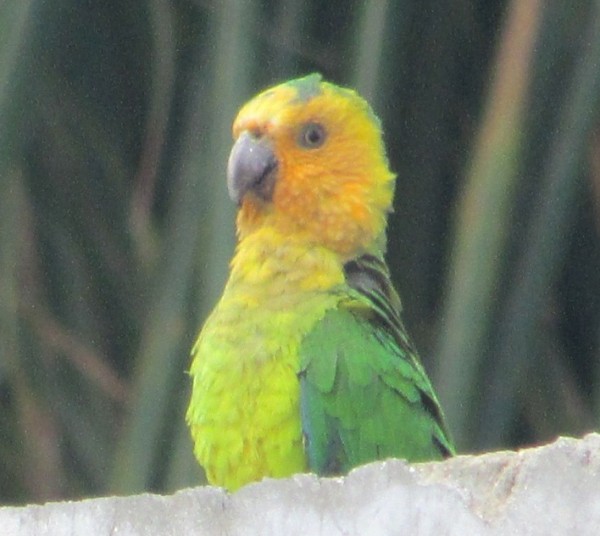 |
The ABCs - Aruba, Bonaire and Curacao are mostly low lying dry, scrubby islands in the Western Caribbean near the Venezuelan coastline
15 Photos
Created 21 May 2014
|
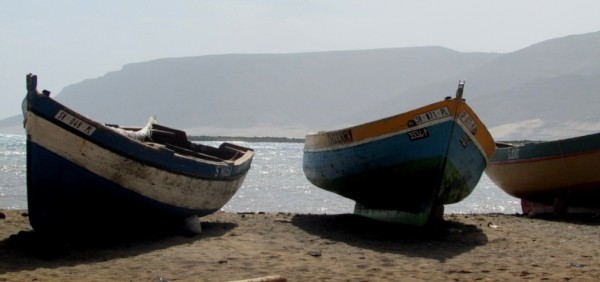 |
Images of the 2 islands in the Cape Verde island group we visited on our way across the Atlantic in 2013 - Sao Vicente and Santo Antaao.
37 Photos
Created 26 December 2013
|
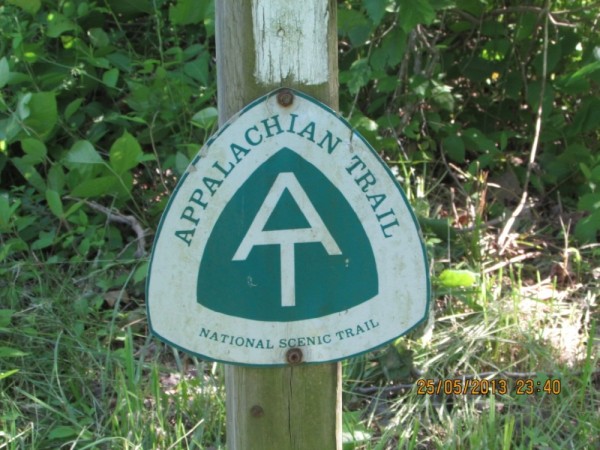 |
Photographic images of our long walk along the Appalachian mountains in the USA
26 Photos
Created 10 June 2013
|
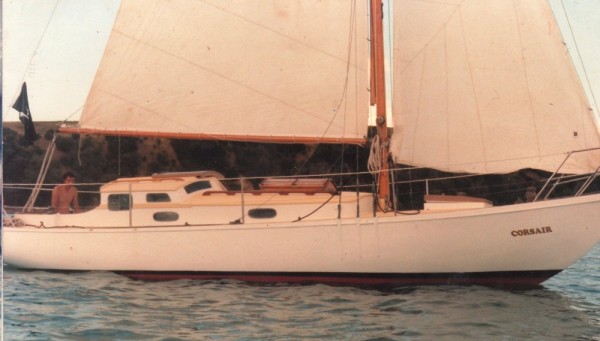 |
O.K. We're mad, but we somehow prefer a home on the sea to one on dry land.
12 Photos
Created 17 December 2011
|
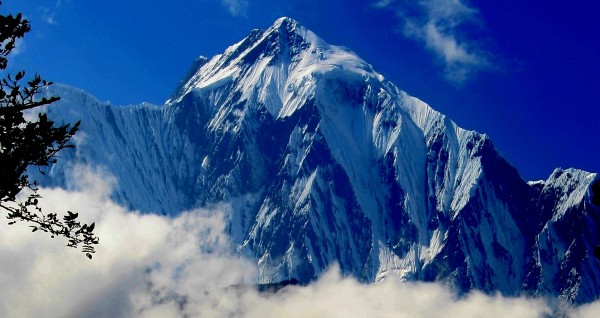 |
Nepal has ten of the world's highest mountains within its boundaries or shared with India and Tibet - these are truly giant peaks!
22 Photos
Created 15 December 2011
|
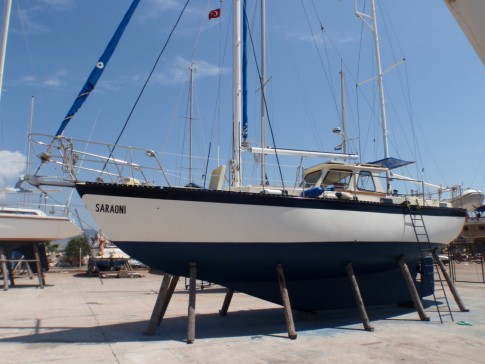 |
Saraoni hauled out on Finike's hardstand for biennial maintenance and painting
3 Photos
Created 26 April 2011
|
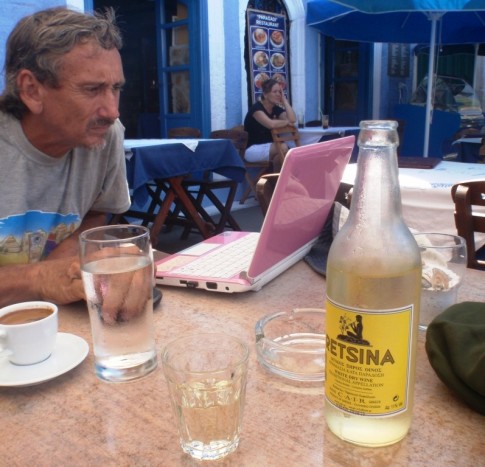 |
The small rocky island of Kastellorizou is Greece's most remote island
7 Photos
Created 11 December 2010
|
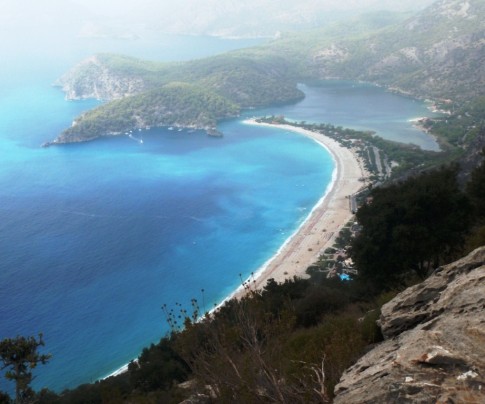 |
Cruising and walking Turkey's Lycian coast September and October 2010
19 Photos
Created 11 December 2010
|
Exploring as Much as We Can Until We Can't
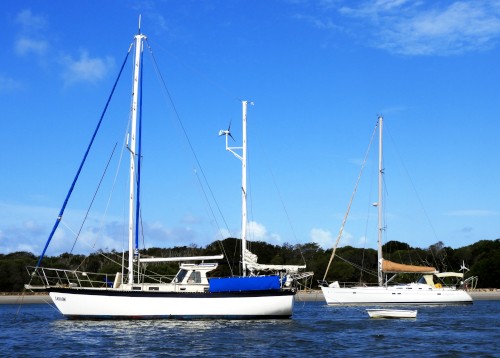
Who: Alison and Geoff Williams
Port: Lamb Island, Australia
Blog Categories by Year
- 2023 Aust NZ
- 2022 Aust
- 2021 Aust
- 2020 Aust, NZ
- 2019 Aust, NZ
- 2018 New Cal Aust and NZ
- 2017 NZ, Aust, Tonga, Fiji, New Caledonia
- 2016 NZ Niue and Canada
- 2015 Pacific Crossing Panama to NZ, Galapagos, French Polynesia, Cooks, American Samoa and Tonga
- 2015 and 2014 Suriname Colombia Panama and Costa Rica
- 2014 U.S. Cycle trip
- 2014 Caribbean Islands Trinidad to Aruba
- 2014 Atlantic Crossing Cape Verdes to Suriname
- 2013 Cape Verdes, West Africa
- 2013 Canaries Post USA
- 2013 U.S.A. Hiking Trips Appalachians and Cascades
- 2013 Canaries Pre U.S.A.
- 2013 Morocco
- 2012 South Africa and Swaziland
- 2012 Mediterranean Spain and France
- 2012 Italy
- 2012 and 2011 Greece
- 2011 A Quarter Century on the Sea
- 2011 Nepal
- 2011 and 2010 Turkey
- 2010 Oman Yemen the Red Sea and Israel
- 2010 South Asia: India and Sri Lanka
- 2009 Malaysia and Thailand
- 2009 and 2008 Aust and SE Asia
- 2007 Australia
- 2006 NZ to New Caledonia and Australia
- A Tale of Three Boats
- 1978 to 2018 Perspectives on a Long Journey
